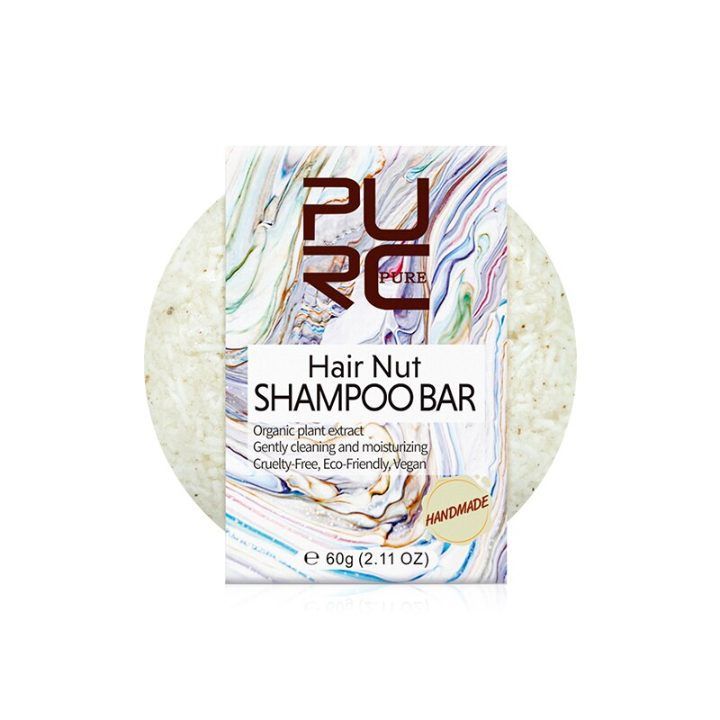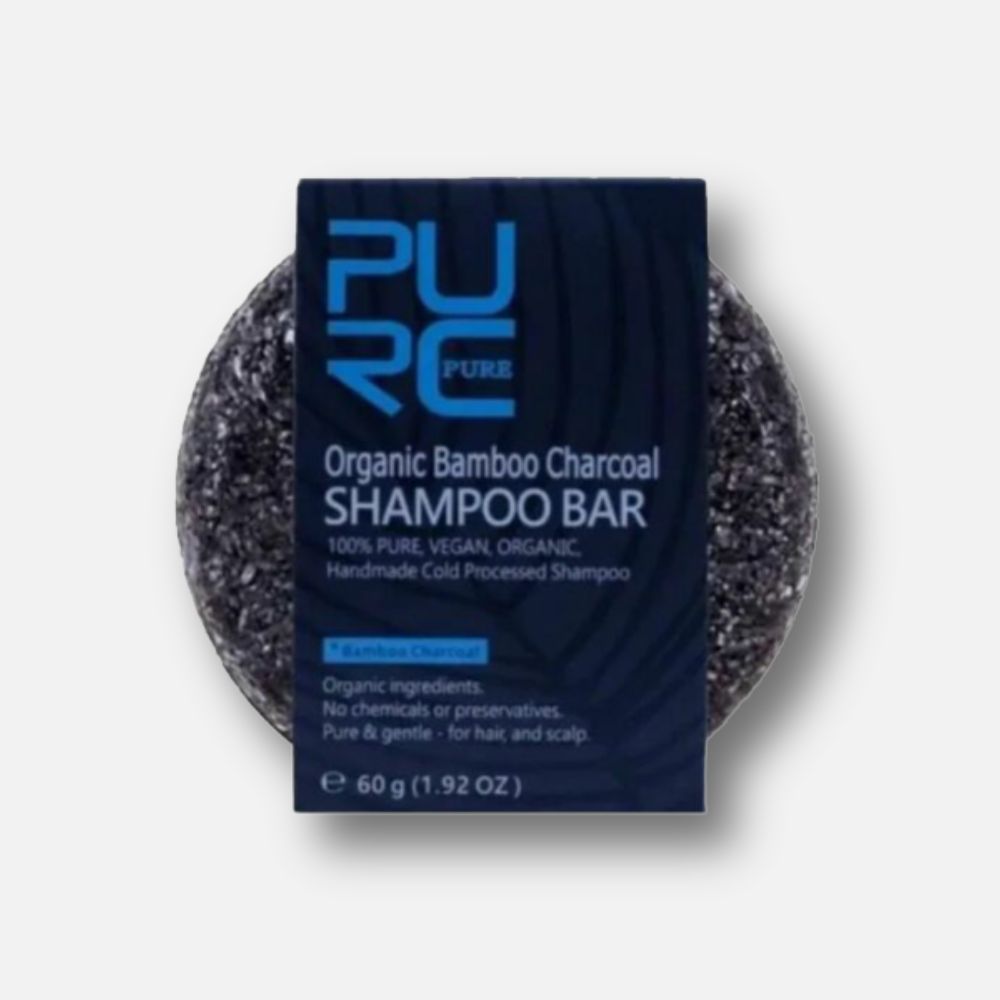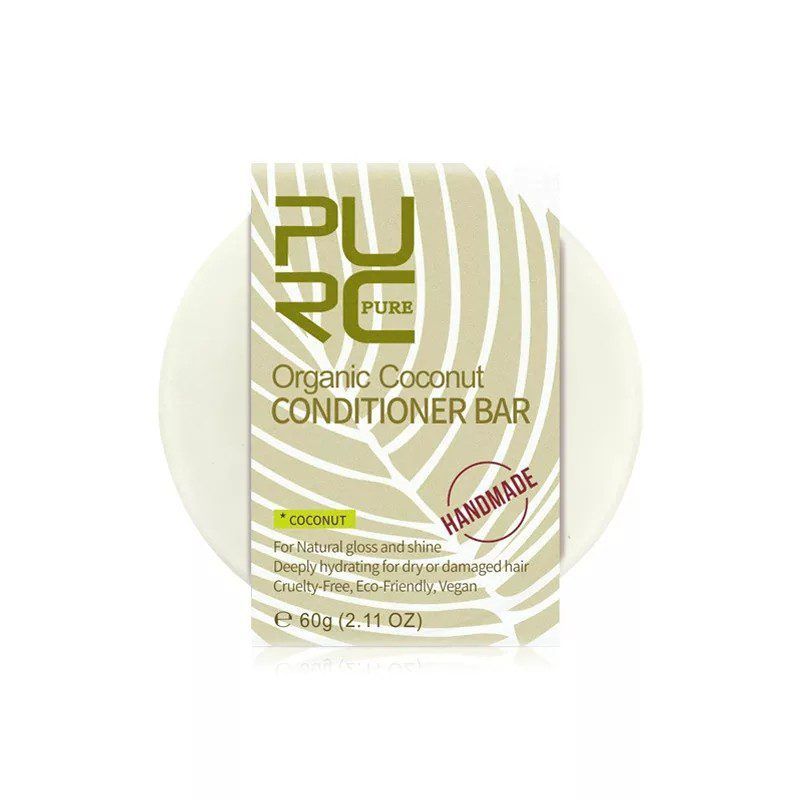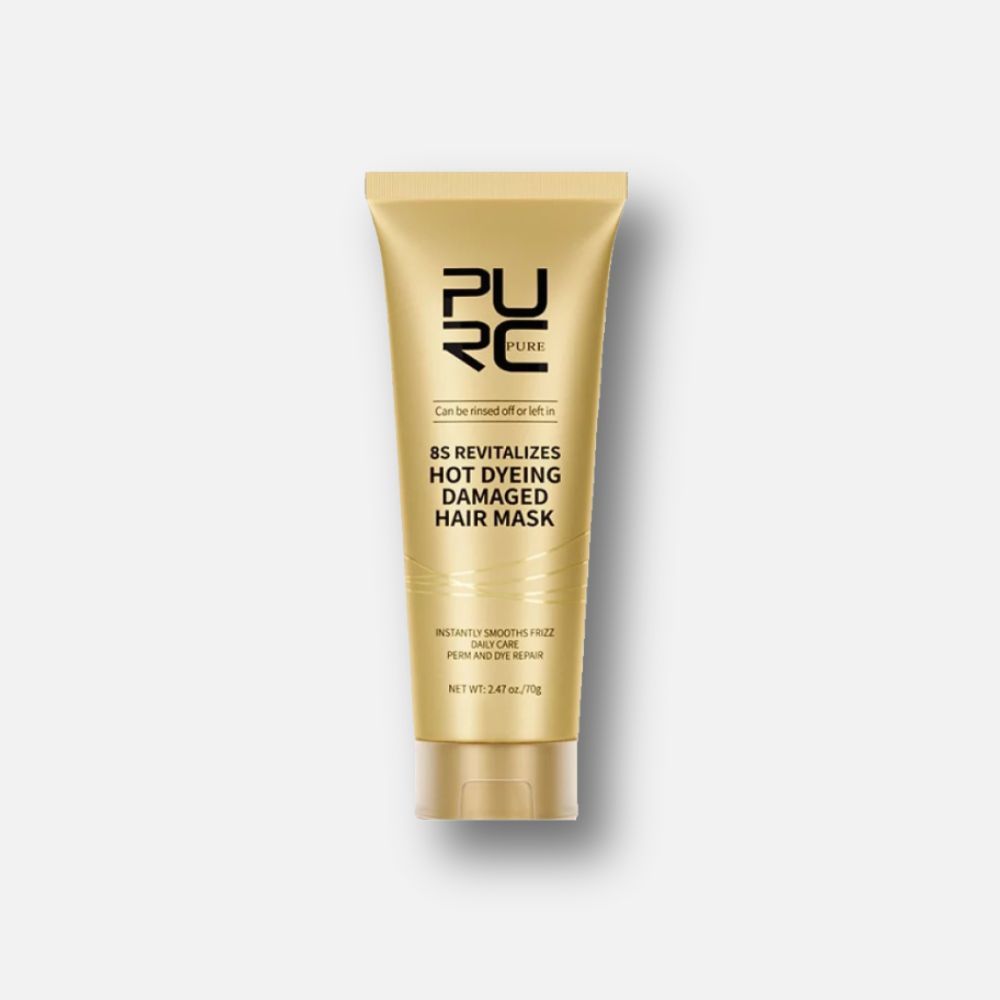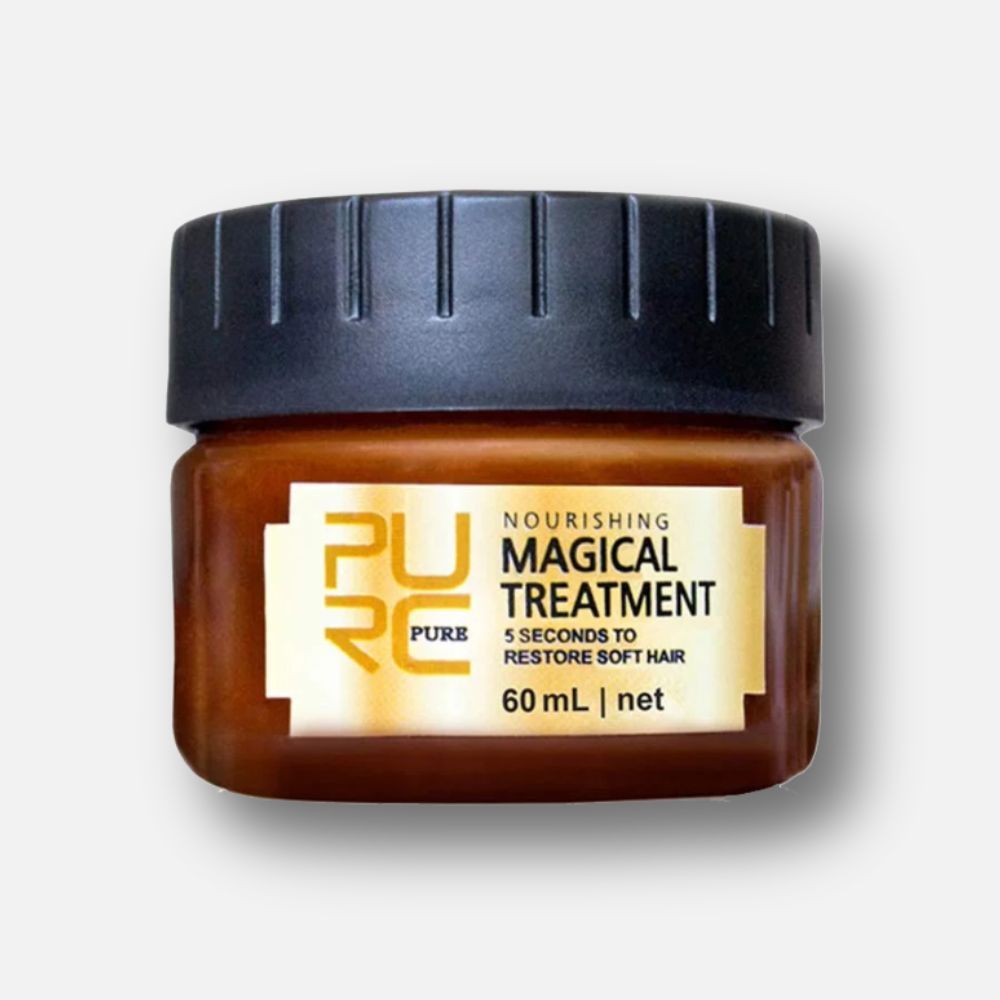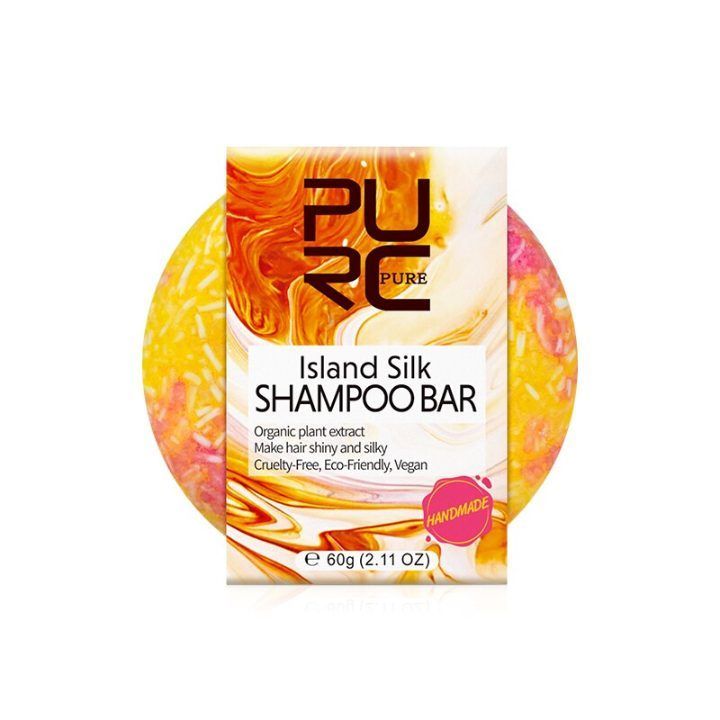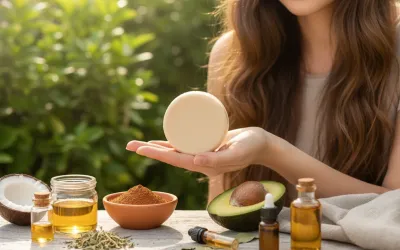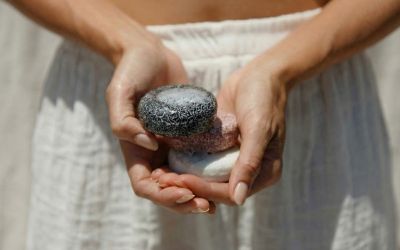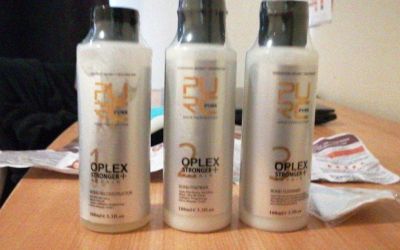
There’s a lot to keep up with in the realm of skin-care products. We understand how things may get daunting. If you’ve been curious enough to search for the component labeling in your skincare drawer, we’re sure you’ve come across a lotion or two with components like squalene or squalane continuously coming up.
Although they both serve the same goal, the variation in performance and consistency is significant. Are you still perplexed? If you’re not sure what the difference between these two is, where they originate from, or what advantages they have for your skin, don’t worry!
We are here to assist you. Continue reading to learn everything there is to know about this unusual yet powerful ingredient.
What is Squalene?
Squalene is a colourless poly-unsaturated hydrocarbon liquid found in a variety of animals and plants, including human sebum. It is, in essence, one among the numerous natural lipids produced by your body to moisturize and protect your skin.
What Is Squalane?
Squalane is a squalene derivative that is synthesized through hydrogenation and considerably lighter and hence a better alternative for acne-prone skin. It also has a longer lifespan than squalene since it does not oxidise, which is why it is more often utilised in skincare.
History And Source Of Squalene

Japanese researcher Dr. Mitsumaru Tsujimoto found squalene in shark livers in 1906. Squalene is derived from the Latin word “Squalus,” which refers to a shark genus.
You may be asking why shark oil is utilised in skin care.
Squalene accounts for 60-85 percent of the oil in deep-sea shark livers. It improves the body’s utilisation of oxygen and helps control equilibrium, which is vital when you dwell at the bottom of the ocean!
Did you know? Squalene demand is estimated to be between 1,000 and 2,000 tonnes per year. Approximately 3,000 shark livers are generally required to generate 1 tonne. This is not only horrifying and cruel, but it is also unsustainable. While shark liver-derived squalene may still be found in some formulations, companies have created a superior, vegan, and sustainable replacement with the assistance of research and development.
As a result, for apparent ethical reasons, conventional squalene in skin care products is mostly produced from plant sources such as olives, rice bran, amaranth seed, wheat germ, or even sugarcane.
Squalane vs. Squalene
Squalene
Squalane
It is derived from Shark Liver Oil or Botanical sources mainly olives and sugarcane
It is a derivative of Squalene and goes through hydrogenation processing.
It doesn’t have a longer shelf life
It has a longer shelf life
It is highly comedogenic, that is, it tends to clog pores
It is non comedogenic, that is, it doesn’t clog pores
It oxidises quickly
The oxidation process is comparatively slower
It is heaverier in nature
It has a lighter consistency than Squalene
Benefits of Squalene or Squalane For The Skin
1. Keeps Skin Hydrated
- Both squalene and squalane mirror your skin’s sebum, making them a great lubricant, which is why they are often utilised in the production of skin moisturisers.
- They function as an impermeable ointment, producing a waterproof coating on the uppermost layer of the skin. This aids in the absorption and sealing of hydration within the skin, reducing TEWL (transepidermal water loss).
- Because they are natural emollients, they assist to seal moisture into your skin, reduce fine wrinkles, and relieve dry areas, making them ideal for extra-dry or older skin.

2. Repair Skin’s Outer Barrier
- Because their hydrophilic qualities assist to organically trap in moisture, they can help to develop and restore the skin’s damaged lipid barrier.
- This aids in the treatment of a variety of skin conditions in which the skin barrier is compromised, such as eczema and psoriasis.
3. Similar To Your Own Skin’s Oil
- It is detected by other lipids found in epidermis, such as ceramides and cholesterol, and tends to visually restore the skin’s essential membrane, a mechanism that can make skin seem youthful and less fragile.
- Squalane’s sebum-like ability helps lube skin, making it feel relaxed, but unlike excessive sebum, its ultralight nature stops it from feeling oily.
- Because its chemical composition is so akin to that of the skin, squalane oil readily absorbs into the pores, addressing your skin care issues at the cell membrane.

4. Anti Ageing Properties
- Sadly, beyond the age of 30, the native synthesis of squalene in our bodies by the sebaceous glands gradually decreases.
- Resulting in excessively dry, sagging, and wrinkled skin, as well as the formation of early indications of untimely ageing of the skin.
- This is when an exterior supply of squalene is desperately needed to replenish the skin’s squalene level.
- Squalane oil increases blood circulation, which stimulates collagen production for tighter, younger looking skin and an immediate skin shine!
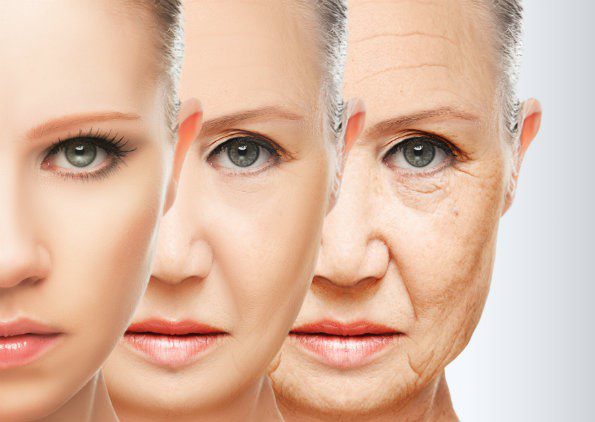
5. Oil-soluble Antioxidant
- It collaborates with other antioxidant properties in the skin to neutralise the harmful oxygen molecules produced when the skin is exposed to UV radiation.
- Squalane’s antioxidant properties also aid in the protection of skin’s oil from lipid peroxidation, a process that damages the skin’s surface as well as deeper in the pore lining, where oil originates.
- This peroxidation is also thought to play a role in acne because it can alter the oil composition of the skin, causing it to become inflammatory.

Conclusion
Perhaps, you now know all there is to know about squalane for skin and how you can integrate it into your daily regimen! To summarise, it replicates our skin’s sebum; it may promote young, soft, beautiful skin; and it is suitable for all skin types. It is, in essence, a gem. There are several squalane advantages to be found!

